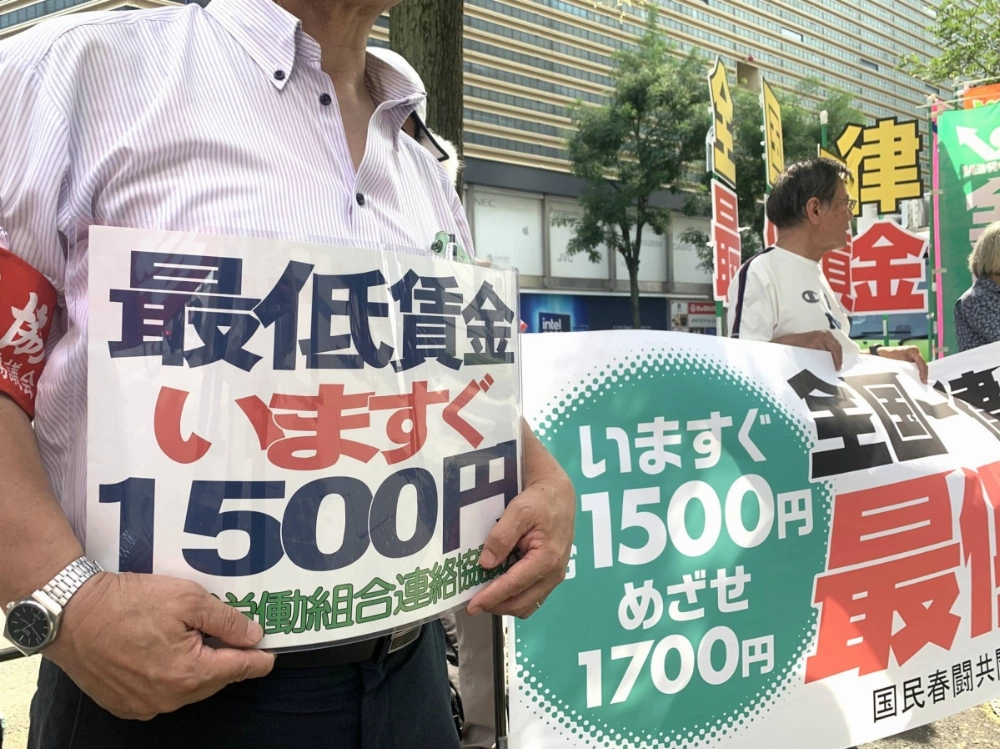Prime Minister Shigeru Ishiba wants Japan to have a ¥1,500 minimum wage before the decade is out, greatly accelerating current plans.
He shared the ambitious target during a news conference after he became prime minister on Tuesday.
Japan’s current average minimum wage is ¥1,055 per hour.


















With your current subscription plan you can comment on stories. However, before writing your first comment, please create a display name in the Profile section of your subscriber account page.